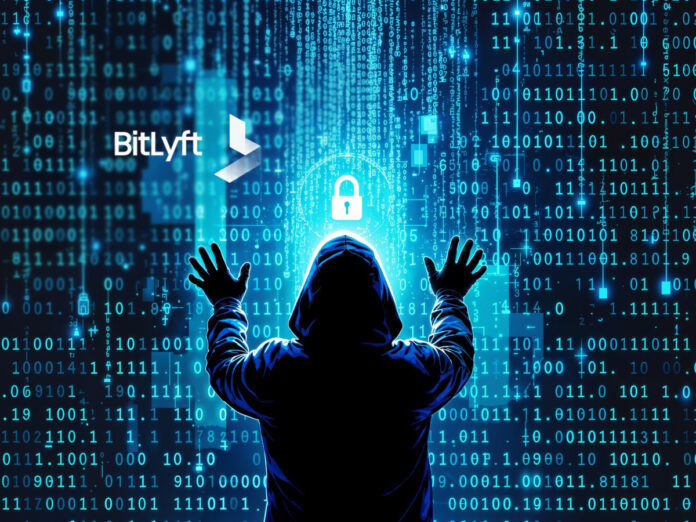EIN Presswire
BitLyft, a leading managed detection and response provider (MDR) offering a holistic defense approach, helps small banks protect sensitive customer data, ensure compliance with regulations, and minimize the impact of cyberattacks. BitLyft’s MDR services combine advanced technologies and expert analysis to detect threats in real-time, helping small banks stay ahead of evolving cyber risks.
“Small banks often have limited budgets and resources, causing them to struggle with sufficient cybersecurity programs,” says Jason Miller, Founder and CEO of BitLyft. “With banks handling sensitive financial data and processing transactions around the clock, robust cybersecurity programs are essential to maintain trust, secure financial transactions, and protect customer data from potential threats.”
Small banking institutes struggle with the following:
- Business Email Compromise – Employees are prime targets for phishing, business email compromise, and voice phishing. According to a study from Deloitte, 91% of all cyber attacks begin with a phishing email.
- Meeting FFIEC Guidelines – FFIEC requires small banks to protect sensitive information through encryption, access controls, and incident response procedures.
- Monitoring the NIST Cybersecurity Framework requires banks to identify vulnerabilities, improve resilience, stay compliant, and regularly detect and respond to suspicious activities.
Read More: The Digital Divide: Insurance Industry Races to Bridge Tech Gap Amid AI Push
BitLyft’s services for small banks include:
- Minimizing Business Email Compromise by continuously monitoring email traffic and user behavior for anomalies and enforcing strong email authentication policies.
- Meeting Compliance Requirements by automating audit logs, security event tracking, and regulatory reporting, which is essential for FFIEC guidelines.
- Continuous monitoring so that banks comply with regulations like the NIST updated framework that demands regular cyber risk monitoring, ensuring banks have real-time threat detection, automated incident response, and continuous compliance support.
A mid-sized financial institution faced several cybersecurity challenges, primarily managing its small IT team and maintaining compliance with regulatory standards. The financial institution struggled with cybersecurity threats, including phishing campaigns, account compromises, and user access management issues. In addition to the external threats, their small internal IT team could not effectively manage and monitor their security environment. BitLyft stepped in to provide a tailored solution to improve the bank’s overall security posture, gain better visibility into its network, and conduct proactive testing of its defenses through purple team exercises. Through BitLyft’s tailored solutions, the bank is now well-positioned to handle internal and external threats more efficiently and confidently.
Read More: How Financial Institutions Can Effectively Navigate the Implications of CECL
[To share your insights with us, please write to psen@itechseries.com ]
